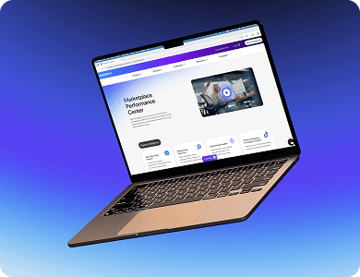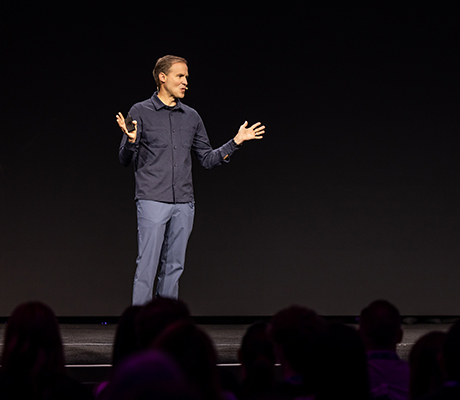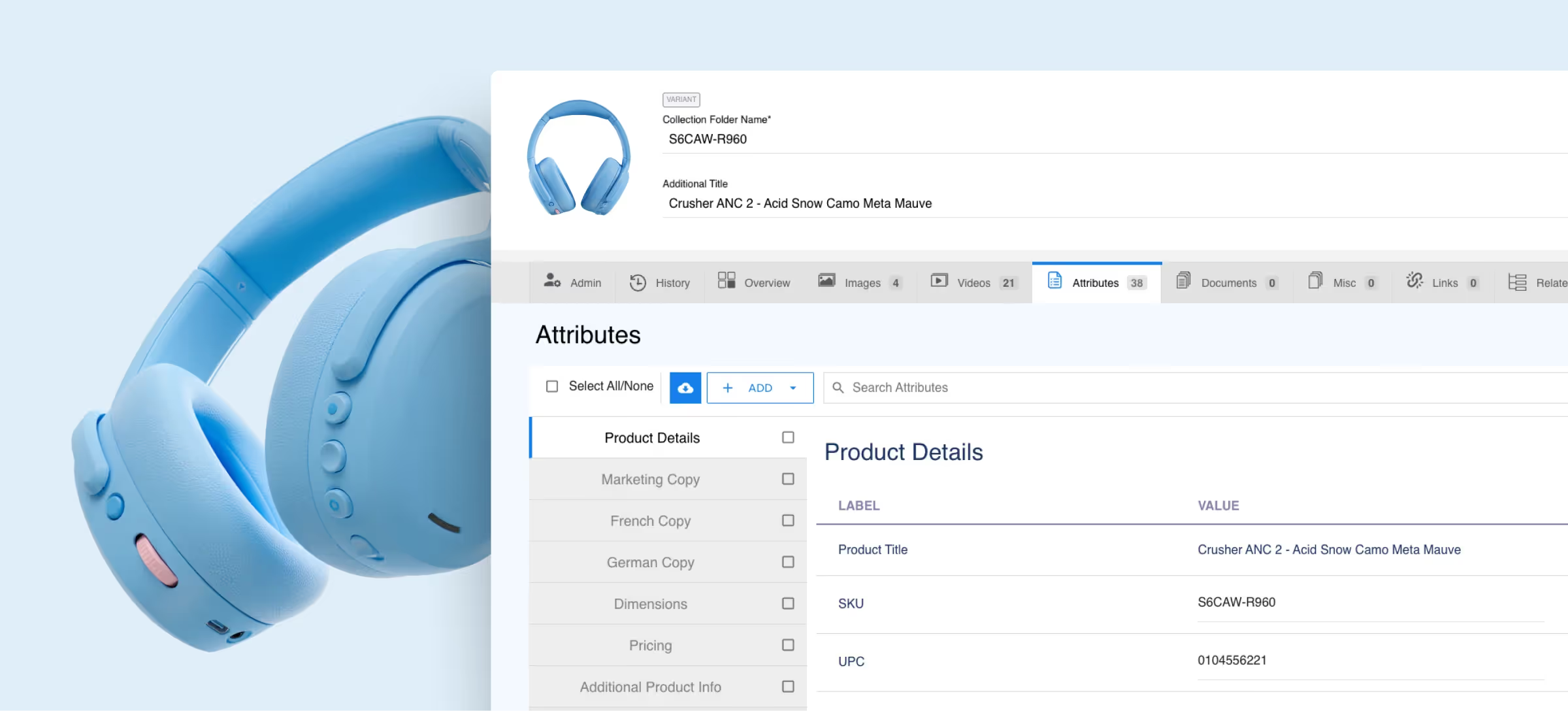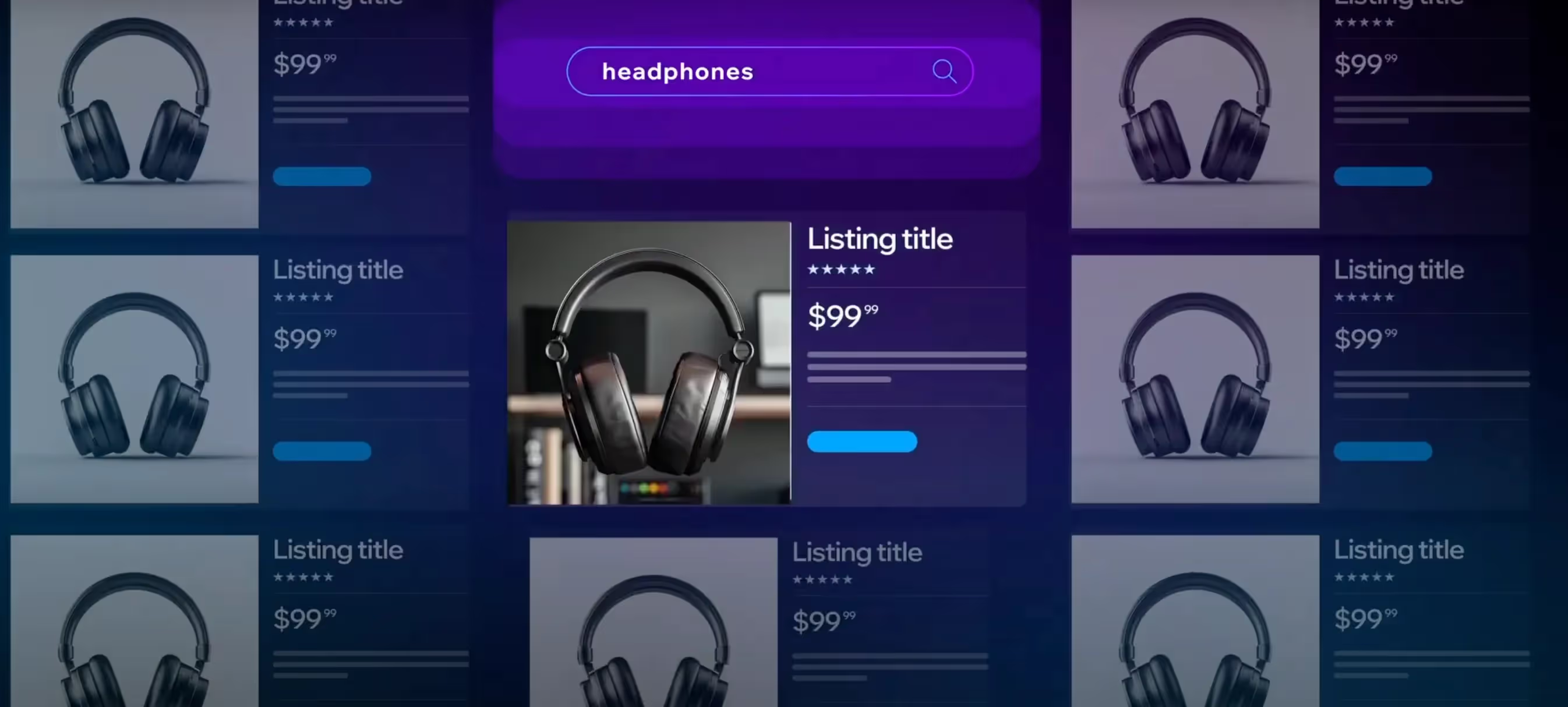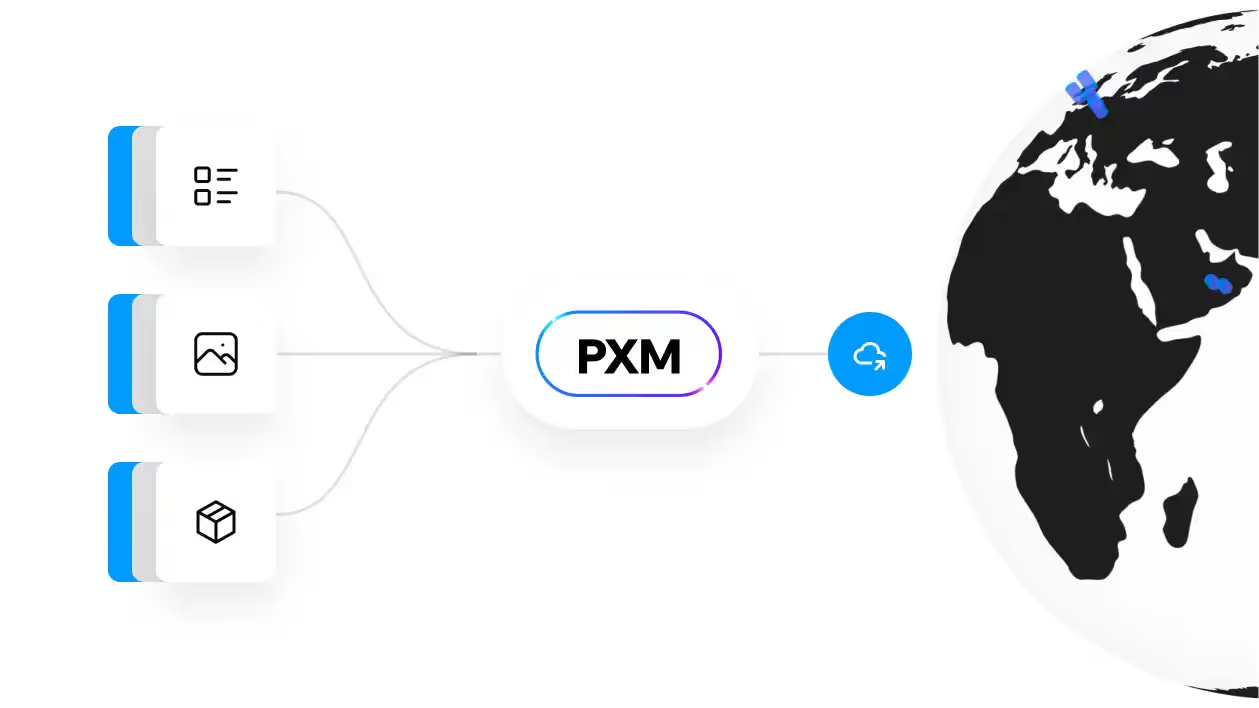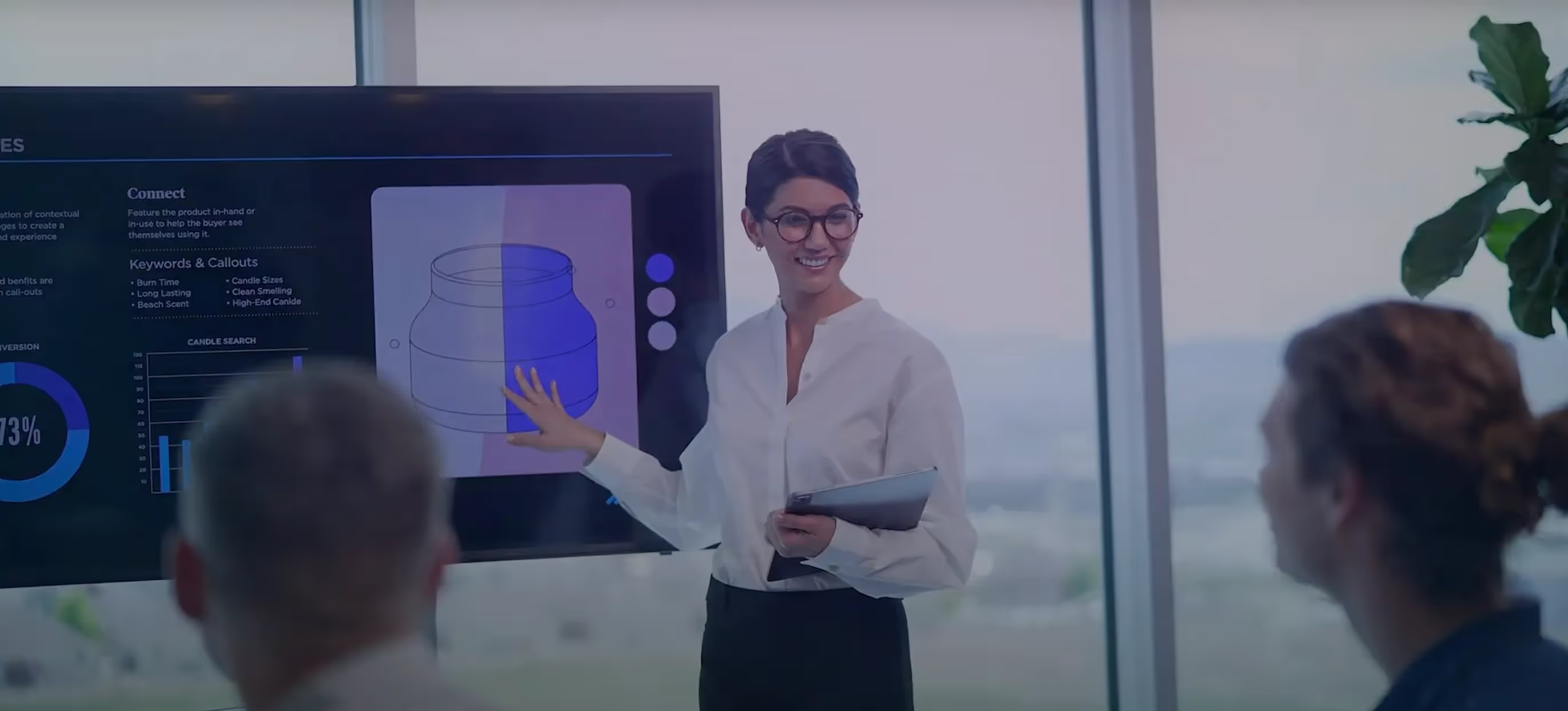Omnichannel Fulfillment Explained: Benefits and Strategies
Omnichannel fulfillment empowers ecommerce and retail businesses to show up everywhere the customer is while providing a seamless experience across sales channels. Here’s how you can take advantage of the benefits and strategic advantages of omnichannel fulfillment.
What Is Omnichannel Fulfillment?
Omnichannel fulfillment connects multiple online and offline sales channels under a single system, enabling a seamless customer experience. Simply put, whether customers buy online, on mobile, through social media, or in physical stores, omnichannel fulfillment allows businesses to manage inventory, customer orders, returns, and refunds in one smooth system.
Omnichannel fulfillment:
- Shares and updates inventory in real time
- Provides flexible delivery options for customer
- Allows returns through any channel.
This improves both the customer experience and operational efficiency.
Omnichannel vs. Multichannel Fulfillment
The key difference between multichannel and omnichannel is that while both fulfillment strategies make use of multiple channels, multichannel is parallel but disconnected, while omnichannel integrates channels into a fulfillment ecosystem. Here are some other important distinctions to note:
- Customer experience: Using multichannel fulfillment, customer experience is fragmented across in-store and online channels actions. Omnichannel fulfillment, on the other hand, allows customers to order, pick up, and make returns regardless of where the original purchase was made.
- Inventory management: In multichannel fulfillment, each channel has a separate, independently-tracked inventory pool. Omnichannel fulfillment, however, centralizes inventory visibility across all channels, allowing each platform to see the same stock count.
- Fulfillment options: Multichannel limits customers’ flexibility when making purchases or returns. Omnichannel disrupts that by enabling order fulfillment from any location within the network.
- Technology and integration: Omnichannel fulfillment syncs point-of-sale (POS), CRM, inventory management, and other systems in real time, creating a single source of truth for inventory and customer data. But multichannel fulfillment does not integrate these systems, creating data silos and making it difficult to track performance.
- Business strategy: Omnichannel strategies focus on connecting and harmonizing all sales and fulfillment channels to put the customer at the center. Meanwhile, multichannel strategies focus on simply being present on multiple platforms to reach more customers, rather than on connecting their experiences.
Why Omnichannel Fulfillment Matters for Retailers
While the retail market was steadily moving towards digital experiences, the pandemic significantly accelerated progress. Now, over 85% of Americans and 33% of the global population shop online. More than ever, consumers expect immediacy, flexibility, and personalization, even as they move between multiple channels — and they don’t hesitate to leave when brands don’t meet their expectations.
As a result, just showing up on the growing number of sales channels isn’t enough. And because multichannel doesn’t synchronize inventory management, POS, CRM, and other essential systems, it creates data silos and enables fragmented customer experiences. This increases dissatisfaction and reduces brand loyalty — which means losing money in the long-run.
To meet growing customer demands for personalized digital buying experiences, retailers everywhere are rethinking their fulfillment strategies. Showing up on multiple channels is important, but even more important is providing accurate stock counts, fulfilling orders quickly, and simplifying returns and exchanges across platforms. This is why omnichannel strategies that meet customers where they are and provide the integrated experience they expect are more likely to be successful in this competitive landscape.
Omnichannel fulfillment is also a win for operational efficiency. Centralizing all sales channels under one system provides businesses with a real-time view of unified inventory, helping to optimize logistics and reduce stockouts and overstocking. Without this, retail companies lose their competitive edge to companies who do provide speed, ease, and flexibility, positioning them for long-term growth.
The Benefits of Omnichannel Fulfillment
Reduced costs through efficiency
With centralized inventory management and automated order processing, omnichannel fulfillment can cut down on duplicate work and manual errors. Omnichannel can also help businesses save big on operational costs by optimizing fulfillment routes based on warehouse location and reducing stockouts and overstocking.
Improved customer experience
Omnichannel fulfillment gives customers what they want by baking speed, convenience, and flexibility into its operation. Instead of being beholden to a single storefront, customers can use any of your online or physical locations to place, pick up, or return their order. This encourages customer trust, loyalty, and repeat purchases.
Greater order accuracy and reporting
Because omnichannel fulfillment integrates multiple channels under a centralized system, customers receive what they purchase when they expect it with little to no human error. Plus, real-time inventory tracking and reporting across sales channels helps you enhance operational performance by improving forecasting and decision-making.
Flexibility across sales channels
Omnichannel fulfillment allows retailers to sell and fulfill from any channel — for example, an item purchased online can be shipped from a warehouse or retail store or picked up in person. This flexibility and convenience makes your customer happy while maximizing your business’s inventory turnover across locations.
Boosted sales and brand image
As digital experiences become the norm, consistent inventory, multiple delivery options, and smooth returns make buying a no-brainer for customers. In addition to boosting purchases, omnichannel fulfillment also signals to your customers that you value innovation and convenience, reinforcing a customer-centric brand image and brand trust.
Competitive advantage in a saturated market
Omnichannel retail fulfillment can be a powerful differentiator in a saturated market. Customers are more likely to go with the brand that enables a smooth, frictionless experience over the ones wasting time and money reconciling the effects of stockouts.
Strategies to Overcome Omnichannel Challenges
Invest in real-time inventory management systems
As powerful as omnichannel fulfillment is, inventory management can be a challenge as outdated or disconnected systems make it hard to track inventory across systems. In addition to implementing a centralized inventory management system (IMS) to sync stock levels across channels in real time, you can:
- Use barcode scanning or RFID tagging to increase inventory accuracy
- Set up automated low-stock alerts to replenish before running out
- Use software that integrates with all your systems.
Leverage third-party logistics providers (3PLs) and fulfillment partners
While an obvious competitive advantage, omnichannel fulfillment can be difficult to execute without the proper support. To manage the costs and complexity of logistics, warehousing, and last-minute deliveries, lean on 3PLs with established distribution networks and multi-node fulfillment centers to reduce delivery times and shipping costs. Ensure your 3PL integrates with your order and inventory management systems for seamless operations.
Adopt unified order management technology
It can be difficult to handle orders across multiple systems and avoid silos, duplication, and errors without the right tools. One way to address this is by deploying an order management system (OMS) that integrates with other customer service tools (for full order histories) and consolidates orders from all sales channels into one platform. With an OMS, you can also
enable smart order routing to fulfill orders from the most efficient location.
Create an omnichannel-centric supply chain
Traditional supply chains are linear and channel specific — too inflexible to meet omnichannel requirements. To create an omnichannel-friendly supply chain, create a shared inventory pool accessible to all sales channels. Also, you can work with suppliers to enable smaller, more frequent replenishments to match customer demand.
Train teams for omnichannel operations
As your employees make the operational shift to omnichannel fulfillment, they might struggle with the new complexity of handling orders across multiple channels and systems. Rather than leaving them to figure it out on their own, provide hands-on training for staff — from inventory to customer service teams — to handle cross-channel inquiries. This helps empower your customer-facing team members and foster a customer-first mindset across departments.
Future of Omnichannel Fulfillment
The future of omnichannel fulfillment will be faster, smarter, greener, and more personalized. Businesses will use AI-driven inventory and demand forecasting to proactively position inventory where it’s most likely to sell, ultimately optimizing supply chains.
Additionally, hyper-personalized customer journeys will become the norm. Omnichannel will develop to recommend the fastest, cheapest, or greenest delivery methods based on customer preferences, tailoring experiences to their lifestyle. This could mean blurring the lines between online and offline fulfillment even further, prioritizing customer convenience over a particular channel.
In the future, omnichannel fulfillment will also combine improved automation with increased sustainability. As robotics, drones, and automated picking systems become standard, rising customer awareness will lead retailers to also adopt eco-friendly packaging, carbon-neutral shipping, and localized fulfillment. As a result, omnichannel becomes not only convenient, but environmentally responsible.
All in all, retailers that adopt AI, automation, unified ecommerce systems, and sustainable practices will be well-equipped to meet rising expectations and secure long-term advantage.
Pattern for Omnichannel Fulfillment
Is it possible for your customers to browse in-store, buy online, pick up anywhere, and return everywhere? The answer is yes, and Pattern can help.

Frequently Asked Questions
Is omnichannel fulfillment only for large businesses?
No, small and mid-sized businesses benefit too. Technology and 3PL services have made omnichannel fulfillment more accessible and cost-effective for businesses of all sizes.
How does omnichannel fulfillment impact delivery speed?
By optimizing inventory placement and routing, omnichannel fulfillment can reduce shipping times and costs, often enabling same-day or next-day delivery options.
Can omnichannel fulfillment work with international sales?
Yes, with the right 3PL or logistics partner, businesses can manage cross-border shipping while maintaining consistent customer experiences globally.
What industries benefit most from omnichannel fulfillment?
Retail, fashion, consumer electronics, health products, and subscription boxes see the biggest impact, but nearly all industries can benefit.
Does omnichannel fulfillment require new software?
In most cases, yes. Businesses need updated inventory management and order routing software to synchronize multiple channels effectively.
How does omnichannel fulfillment affect returns?
It simplifies returns by letting customers return items across different channels (e.g., buy online, return in-store), improving convenience and satisfaction.
What’s the main difference between 3PL and omnichannel fulfillment?
A 3PL provides logistics services, while omnichannel fulfillment is a strategy. Many businesses rely on 3PLs to execute omnichannel strategies effectively.
How can I measure the success of my omnichannel fulfillment strategy?
Track KPIs such as order accuracy, delivery speed, inventory turnover, return rates, and customer satisfaction scores.


.jpg)
